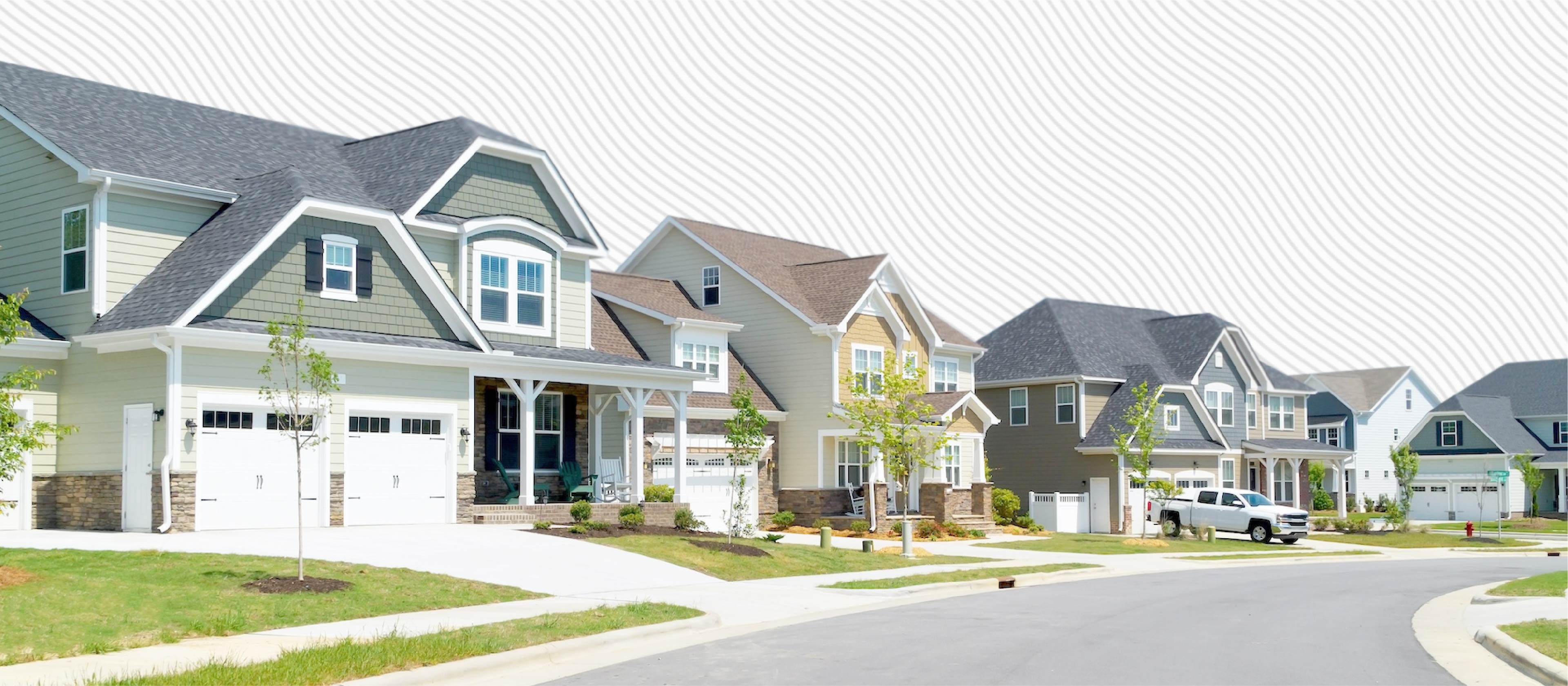Why Real Estate Lockhart Is Ideal for Long-Term Investment
Why Real Estate Lockhart Is Ideal for Long-Term Investment
Blog Article
The Future of Property: Fads and Opportunities to Watch
As the realty landscape evolves, it comes to be progressively crucial to recognize the emerging patterns and chances that will specify the market in the coming years. Technological developments are reshaping transactional procedures, while an expanding emphasis on sustainability shows transforming customer top priorities. Furthermore, demographic shifts and the increase of remote work are influencing real estate preferences, specifically in suburban locations. With these dynamics at play, a more detailed evaluation of the strategies and adjustments needed for success exposes fascinating opportunities that can reshape financial investment techniques and market behaviors.
Technological Innovations in Property
In current years, the realty market has welcomed a wave of technical developments that are transforming traditional techniques. These innovations have dramatically boosted efficiency, openness, and decision-making procedures within the industry. Among one of the most noteworthy advancements is the increase of huge information analytics, which allows realty professionals to assess market fads, anticipate building worths, and determine financial investment opportunities with extraordinary accuracy. This data-driven approach enables stakeholders to make informed choices and decreases the dangers associated with home deals.
Additionally, digital fact (VIRTUAL REALITY) and enhanced reality (AR) innovations are reinventing residential or commercial property advertising by offering immersive experiences for potential customers and lessees. These tools enable clients to conduct online tours of homes, thereby improving the search process and improving consumer engagement. Furthermore, blockchain technology is gaining traction as a method to safeguard transactions and maintain transparent records, thus minimizing scams and expediting the closing procedure.
Smart home innovations are likewise becoming progressively prevalent, making it possible for house owners to check and regulate their residential or commercial properties from another location (Real Estate Lockhart). Jointly, these technical technologies are reshaping the landscape of property, promoting a much more effective, clear, and customer-centric market
Need for Lasting Properties
As consumers significantly focus on ecological responsibility, the demand for sustainable homes has actually risen in the realty market. This shift mirrors a wider societal trend towards sustainability, with property buyers and financiers seeking buildings that reduce environmental effect while optimizing energy performance. Features such as solar panels, energy-efficient devices, and sustainable building materials are now deemed crucial instead of optional.

Additionally, the surge of environmentally friendly areas, which focus on walkability and access to public transport, better emphasizes this fad. These developments attract eco aware buyers and promote a much healthier way of life.
As the need for lasting properties proceeds to rise, sector stakeholders must adapt to these expectations. By focusing on and welcoming ingenious practices sustainability, the property industry can not only satisfy customer need however additionally add to a much more lasting future.
Altering Buyer Demographics

Furthermore, the maturing populace is improving need for housing. Infant boomers are looking for downsized residences that use availability and low upkeep, typically favoring city setups with nearby services. This shift requires a concentrate on multi-generational housing solutions that accommodate differing demands.
Moreover, multiculturalism is playing a critical duty in actual estate trends. Purchasers from various backgrounds bring distinctive choices and assumptions, prompting designers to produce inclusive environments that provide to a larger audience. As these demographic changes continue to evolve, realty professionals must adapt their techniques to deal with the needs of these varied purchasers. Comprehending these altering demographics will certainly be important in determining emerging possibilities and crafting tailored advertising and marketing methods that reverberate with the diverse demands these days's market.
Surge of Remote Job Effect
Progressively, the surge of remote work is changing the realty landscape, triggering significant changes in customer choices and location choices. As staff members delight in the adaptability of working from home, several are reassessing their residential requirements, resulting in a rise sought after for buildings in country and country locations. This trend is primarily driven by the wish for more sizable living environments that can accommodate home offices and a better high quality of life.
In addition, city facilities, as soon as the focal point for customers, are experiencing a progressive decrease popular as people go focus on cost and accessibility to nature. As a result, realty designers and capitalists are moving their emphasis toward residential or commercial properties that provide home office rooms, outdoor features, and proximity to vital services.
This advancing landscape necessitates a reevaluation of typical market techniques. Property experts need to adapt to the altering preferences of customers, emphasizing the significance of lifestyle aspects in their marketing strategies. Furthermore, builders are significantly prioritizing adaptable flooring strategies that satisfy the twin demands of living and working, ensuring that they continue to be competitive in a quickly altering market. The ramifications of remote work with actual estate are profound, forming future trends and possibilities.
Investment Opportunities in Arising Markets
Investment possibilities in emerging markets are continually standing out from actual estate investors seeking diversification and growth possibility. These markets, defined by rapid financial growth, boosting urbanization, and a growing middle course, present distinct prospects for wise capitalists. Nations in Southeast Asia, Africa, and Latin America are seeing considerable framework enhancements and desirable federal government plans, which further enhance their charm.
Property fields such as domestic, commercial, and logistics are experiencing increased need as a result of metropolitan movement and progressing customer preferences. Significantly, cities like Ho Chi Minh City, Nairobi, and Medellín are coming to be hotspots for investment as a result of their increasing economic climates and youthful demographics.
Capitalists should conduct comprehensive market evaluations to identify essential fads, such as shifts in populace dynamics and financial stability, which can influence property worths. Additionally, partnerships with local property companies can facilitate successful entrance and navigating in these markets.
However, it's essential to be mindful of possible risks, consisting of political instability and regulative obstacles. By evaluating these aspects and embracing a lasting point of view, capitalists can efficiently maximize the rewarding possibilities arising in these creating regions.

Conclusion
In verdict, the future of realty will certainly be considerably influenced by technological advancements, an expanding emphasis on sustainability, and developing customer demographics. The rise of remote job is improving real estate preferences, specifically in suburban locations. In addition, emerging markets existing considerable investment opportunities for stakeholders going to adjust to these from this source adjustments. Navigating this changing landscape will need strategic collaborations and a keen understanding of market characteristics to take advantage of the patterns forming the market.
As the real estate landscape develops, it becomes progressively vital to recognize the emerging fads and chances that will specify the market in the coming years. One of the most noteworthy developments is the surge of huge information analytics, which permits actual estate specialists to assess market patterns, anticipate residential or commercial property values, and recognize investment possibilities with unmatched accuracy.As consumers significantly focus on environmental obligation, the need for lasting residential properties has actually surged in the real estate market. The implications of remote job on real estate are extensive, forming future trends and possibilities.
Investment possibilities in emerging markets are constantly bring in focus from real estate financiers seeking diversification and growth capacity.
Report this page